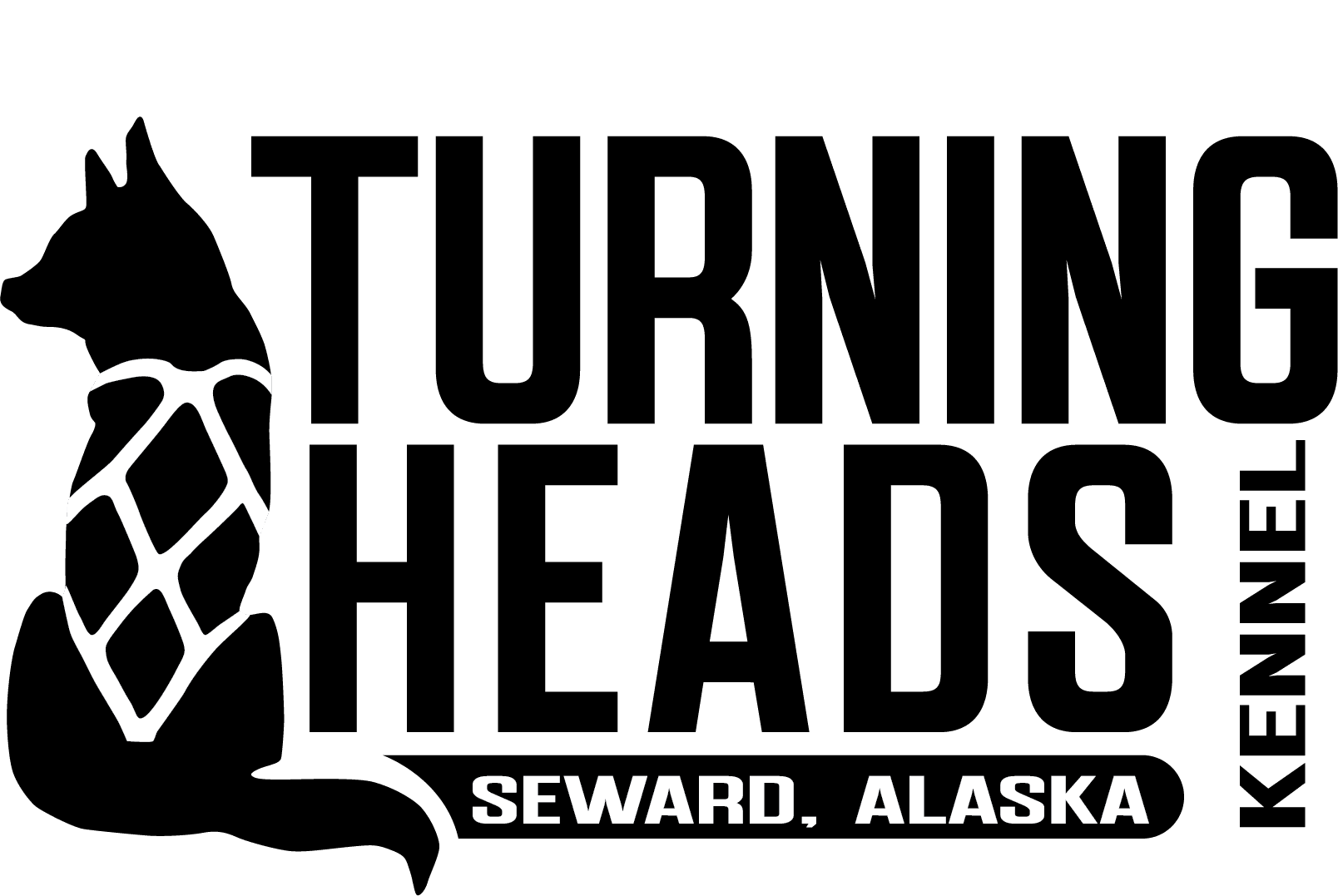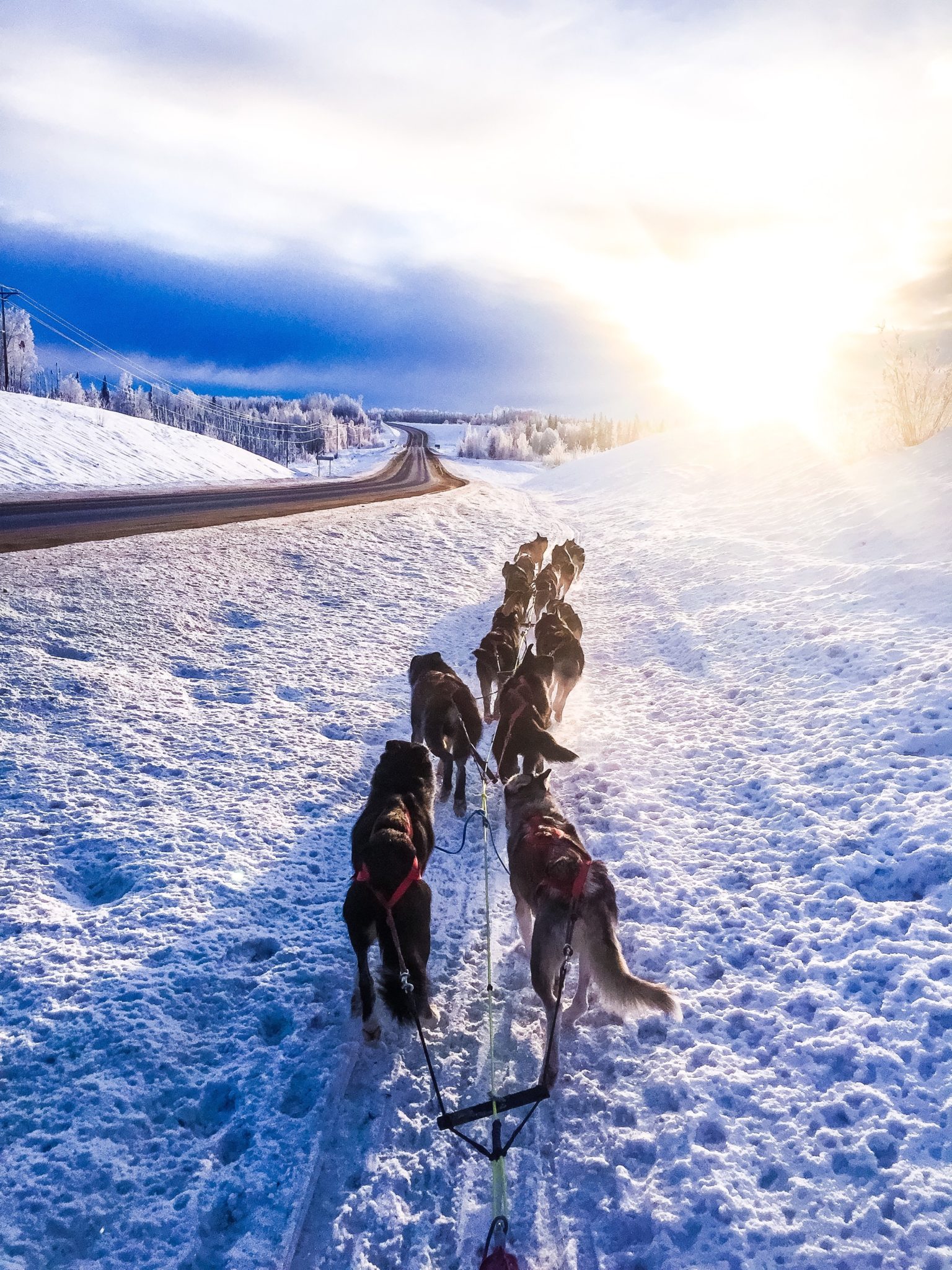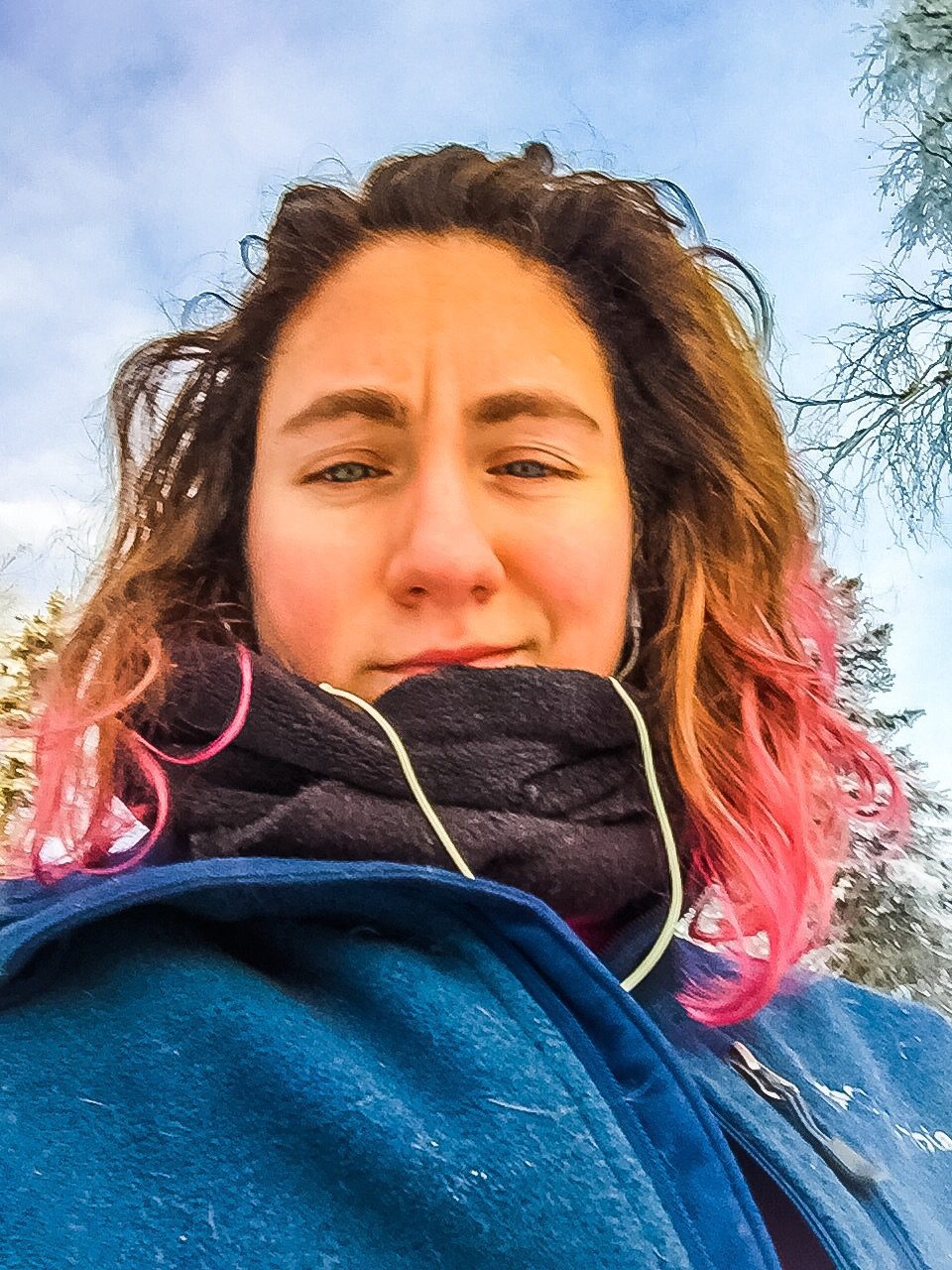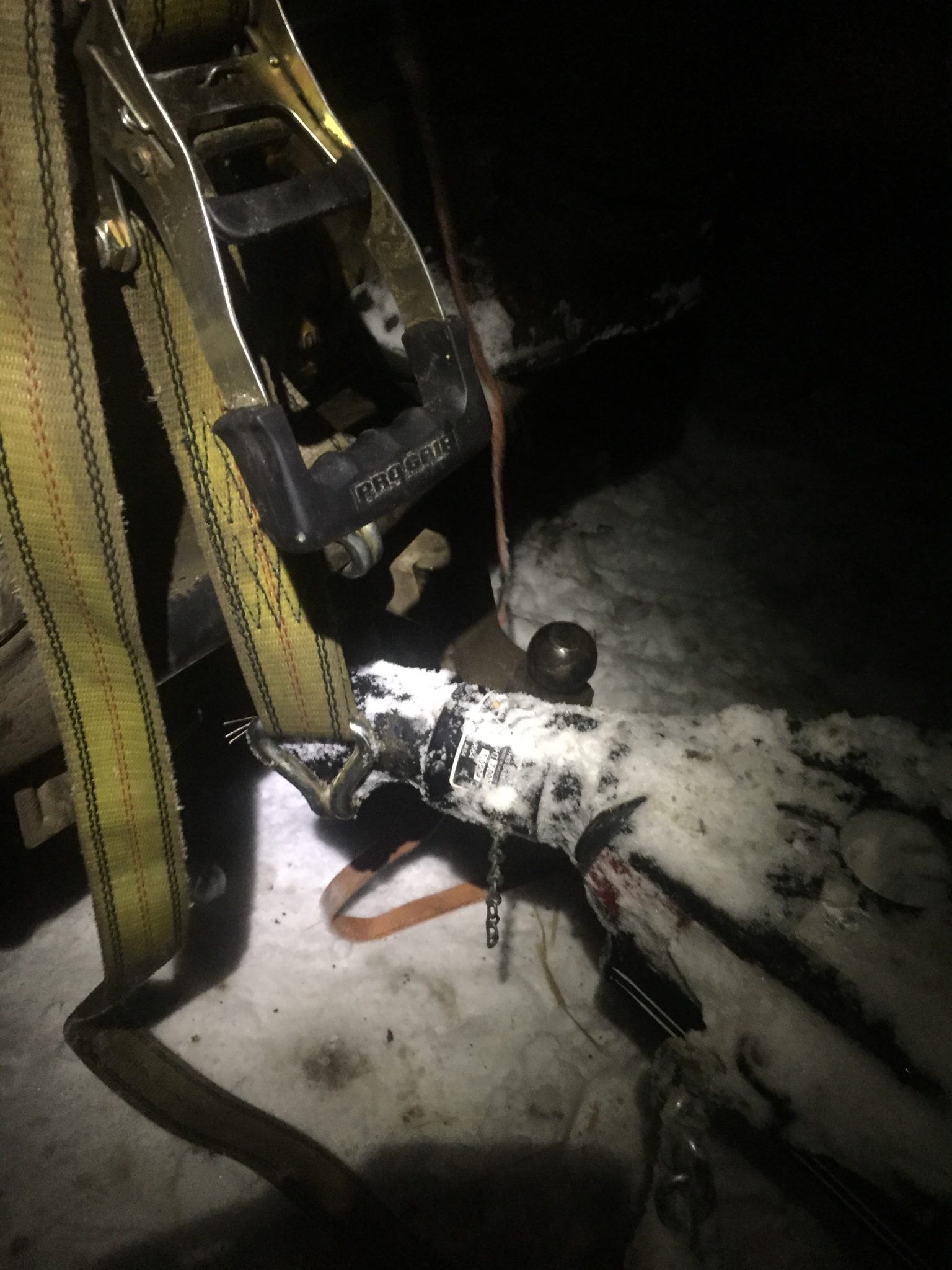It’s been warm out lately. These late January runs feel like the beginning of April and I often leave the yard without my parka. We stop often, to eat snow and roll around it. I enjoy the silly eccentricities of my dogs during our pauses, each with their own quirk, and they relish the attention I give them. Crazy in particular loves to roll around in the snow and though she is not alone in doing this, the joy she gets can be surpassed by none.
When we leave on runs its all I can do to keep the team slowed and moving at a steady pace. I’ve learned that the only way to trust my speed is by looking at my GPS so I’ve grown accustom to looking at it. I’m sure it will be glued to my palm the first few days of Iditarod. I’ve been running shorter since the northern lights 300 but need to go longer now. The dogs leave on our runs too energized and comeback unphased. More camping is in store in the days and weeks to come.

Today, the weather was glorious and it was amazing to be out on the trail. Although we moved well, when I stopped the team we would get tangled. I’m working with a young dog up front who doesn’t know his responsibilities as a leader yet. More than once I could be heard cursing as I ran up to get him lined back out. The lightbulb hasn’t click yet – He doesn’t get what I am asking – so it’s been a painstaking exercise in patience and praise.
For me, sometimes I think I learn the most when things don’t go smoothly. Today we made so many wrong turns because I had no idea where we were and so the dogs and I had to work through those consequences. Although my leaders struggled with lining out, they were pretty spot on when it came to their directional commands. We turned around in parking lots. We made arching loops on the river. We cursed at my stupidity — how many times could I get is lost?

We mostly had fun. The dogs wagged their tails and barked with excitement when we stopped. I enjoyed the weather, the performance of my team, and the serenity of the trail. And even when I was untangling my leaders for the umpteenth time I knew that I was learning as a musher and was trying (my best) to impart a little wisdom on my young leaders. Plus, it was better to find all this out now than on Iditarod!














